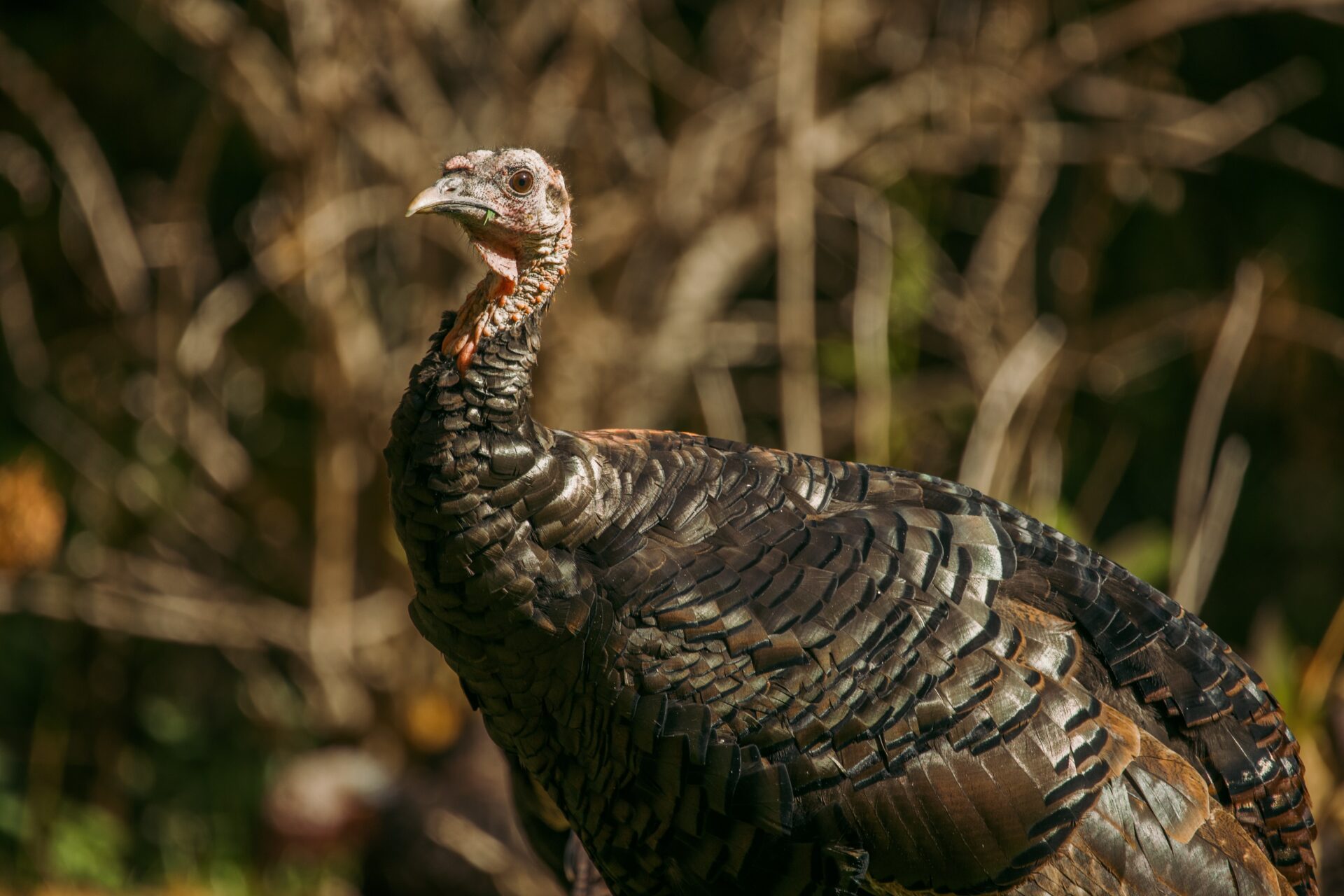While you were at the beach or mountains enjoying some time off during the months of July and August, the Virginia Department of Wildlife Resources (DWR) staff and cooperators completed an annual turkey brood survey. They were out in fields and forests trying to figure out how many young turkeys had been hatched and how many were going to make it to Jake status.
The DWR survey provides an index to productivity of wild turkey reproduction and can assist in management decisions. The survey counts the number of turkeys observed by staff and cooperators as they go about their normal day to day business and is expressed as the number of turkeys observed per 1,000 miles driven and the number of poults (juvenile turkey) observed per hen.
DWR carried out the survey with the dedicated assistance of many volunteers from the Virginia National Wild Turkey Federation chapters, DWR Complementary Work Force and Hunter Education Instructors, and the Virginia Master Naturalists.
The 2022 annual survey suggests reproduction for wild turkey declined to a statewide average of 1.9 poults/hen, falling below the long term survey average of 2.5 poults/hen. According to past data the overall number of turkeys staff have observed in the summer has declined since 2015. In 2022, the total number of turkeys observed fell below the long-term average (18.4/1,000 miles) to 10.1 birds per 1,000 miles.
Wild turkey success in hatching and raising broods plays an important role in wild turkey populations and is especially important in fall harvests. Further, the ratio of young birds (poults) to the number of females (hens) is a critical index to reproduction (P/H).
In 2022, the Department received 217 reports by observers driving nearly 272,000 miles during July and August. Seventy-four percent of observers reported seeing at least one turkey.
On a statewide basis, the number of turkeys seen per 1,000 miles driven in 2022 was 10.1 turkeys per 1,000 miles. This ratio peaked in 2014 (29.4) and 2015 (30) and has been declining since. Low reproduction is believed to be the primary cause of the decline.
The Tidewater Region had the highest ratio (22/1,000 mi.) and likely has the highest turkey population of any region in the state. The Southwest region had the next highest ratio with 9.8 birds per 1,000 miles, but is significantly lower than the 2021 ratio of 21 birds/1,000 miles for this region. The South Piedmont (7.8), North Piedmont (6.2) and North Mountains (4.8) were all significantly below the long-term survey average (18.4 turkeys per 1,000 miles).
The Poult/Hen ratio is DWR’s best measure of reproduction as it considers the number of poults produced by all hens. Complete brood loss is not uncommon and those situations need to be incorporated when evaluating reproduction.
Statewide, the 2022 P/H ratio (1.9) was below the long-term survey average (2.5). This is a nearly 30% decline from the 2021 ratio (2.7) and matches a low reported in 2020 (1.9).
Unfortunately, poor reproduction continues in areas of the state (North Mountains) with lower turkey densities. Several years of above average reproduction would likely be needed to reverse any continued productivity declines.
Below average recruitment (P/H ratio) was reported across all regions in 2022 with the Tidewater having the “highest” (1.4) and the Northern Mountains the lowest (0.6). Falling in the middle were the Southwest (1.2), Southern Piedmont (1.1), and Northern Piedmont (1.1).
According to the authors of this report, “This information is intended to monitor turkey population trends and densities but does not infer high hunter success or satisfaction while hunting.”



